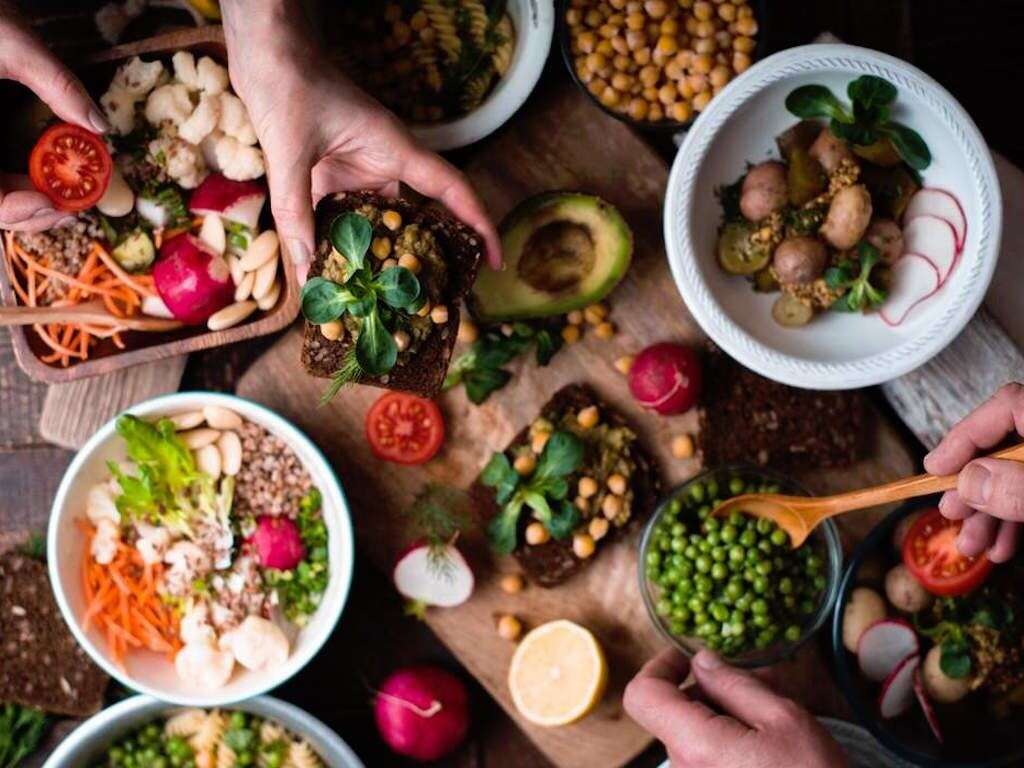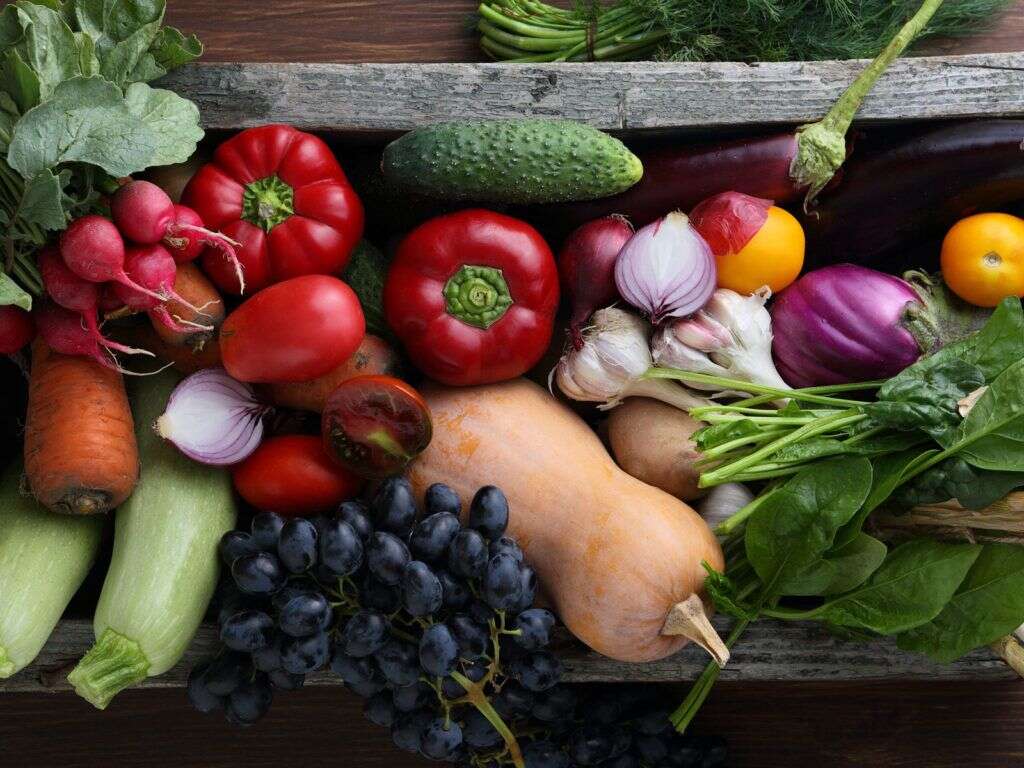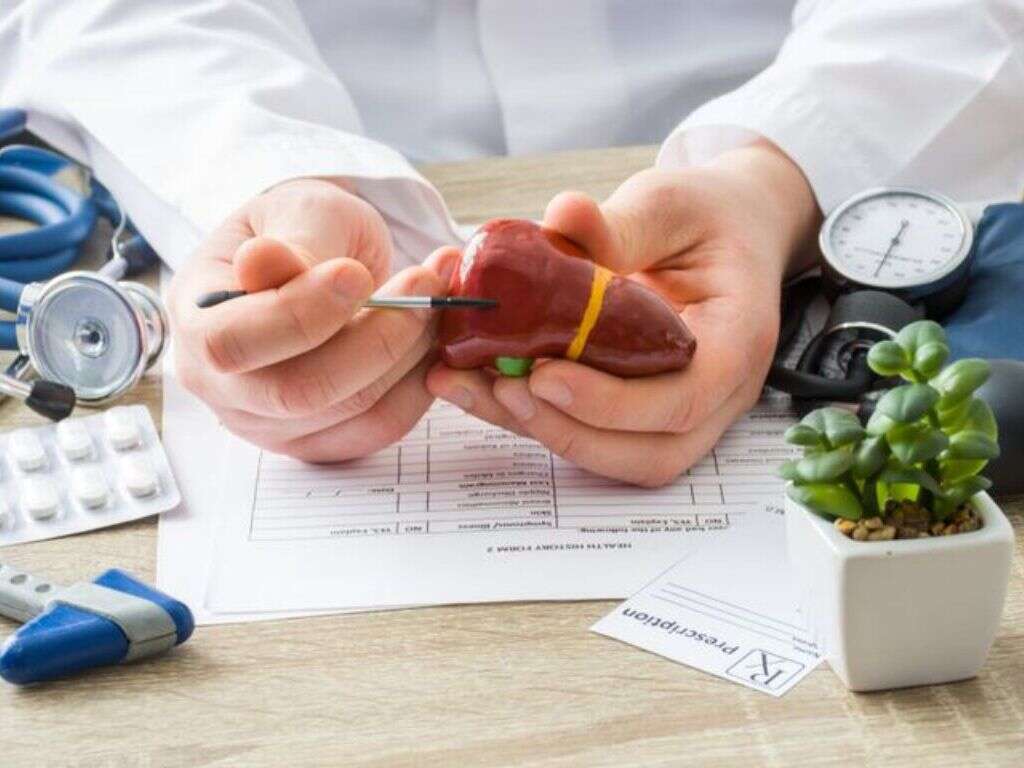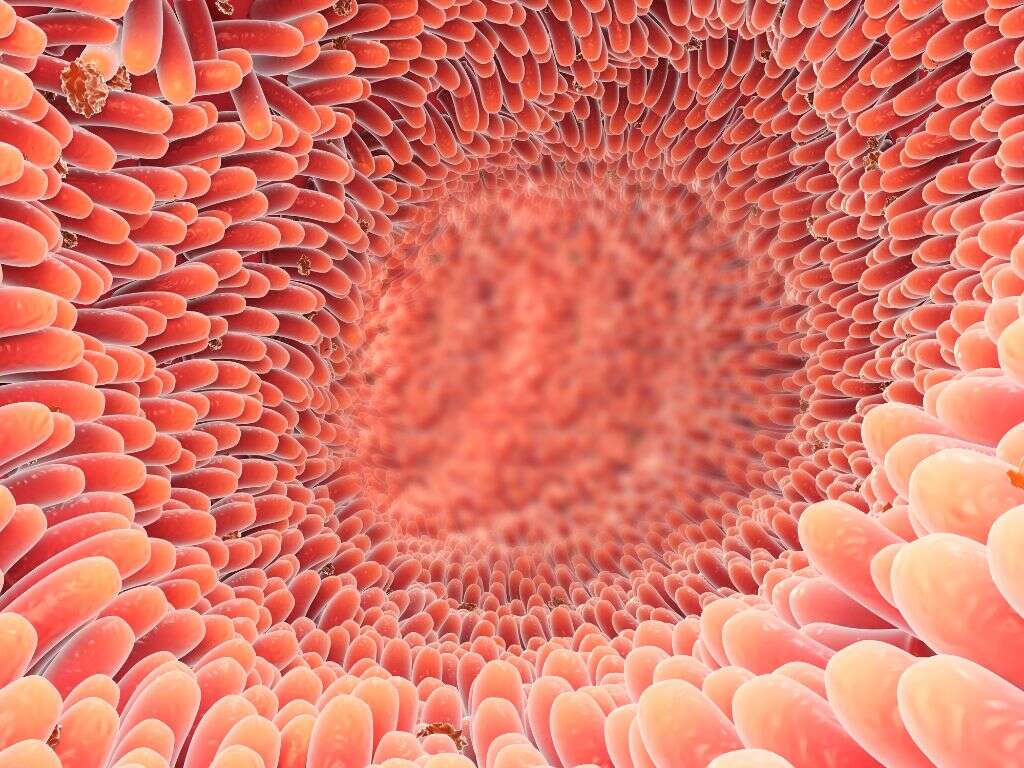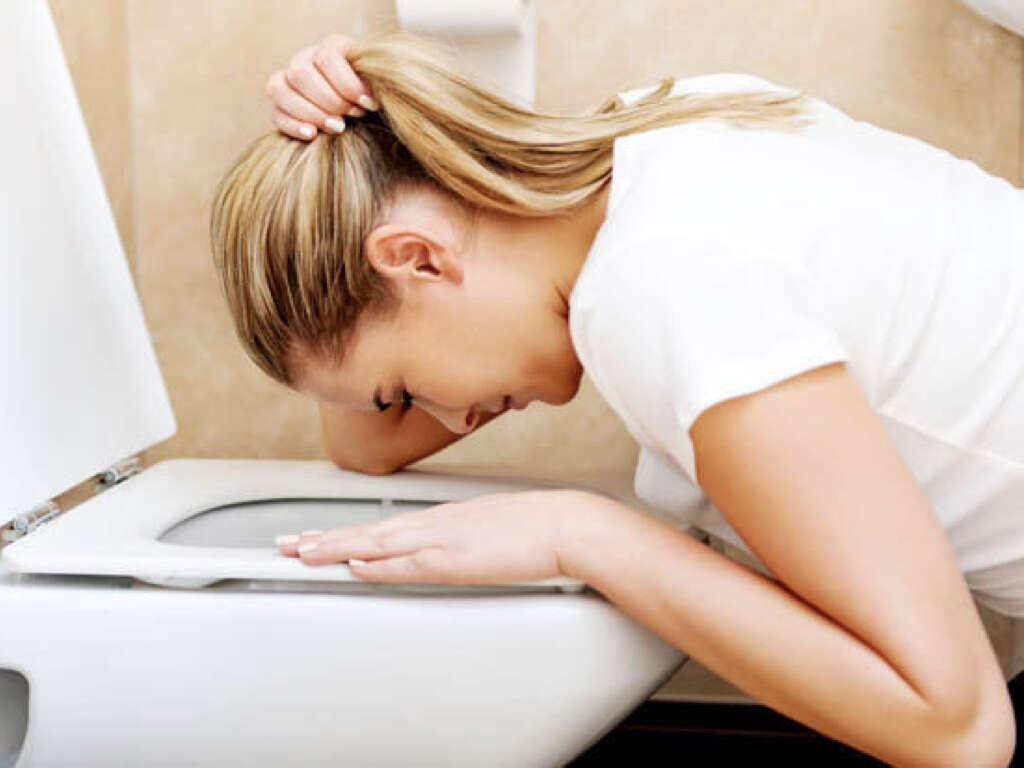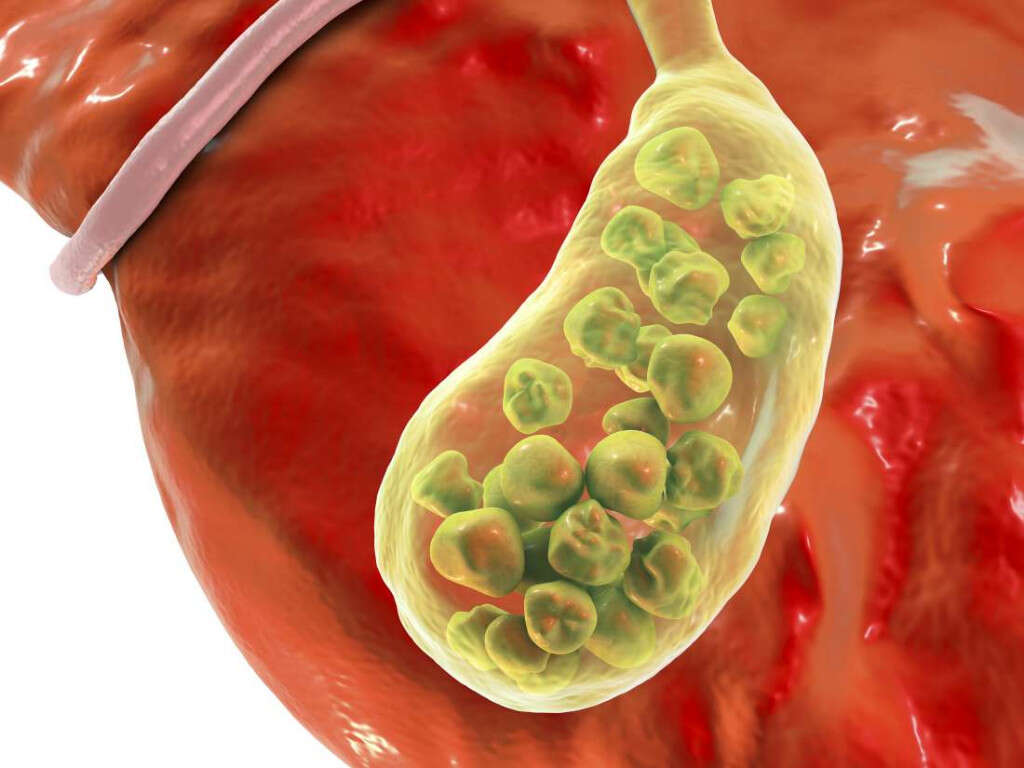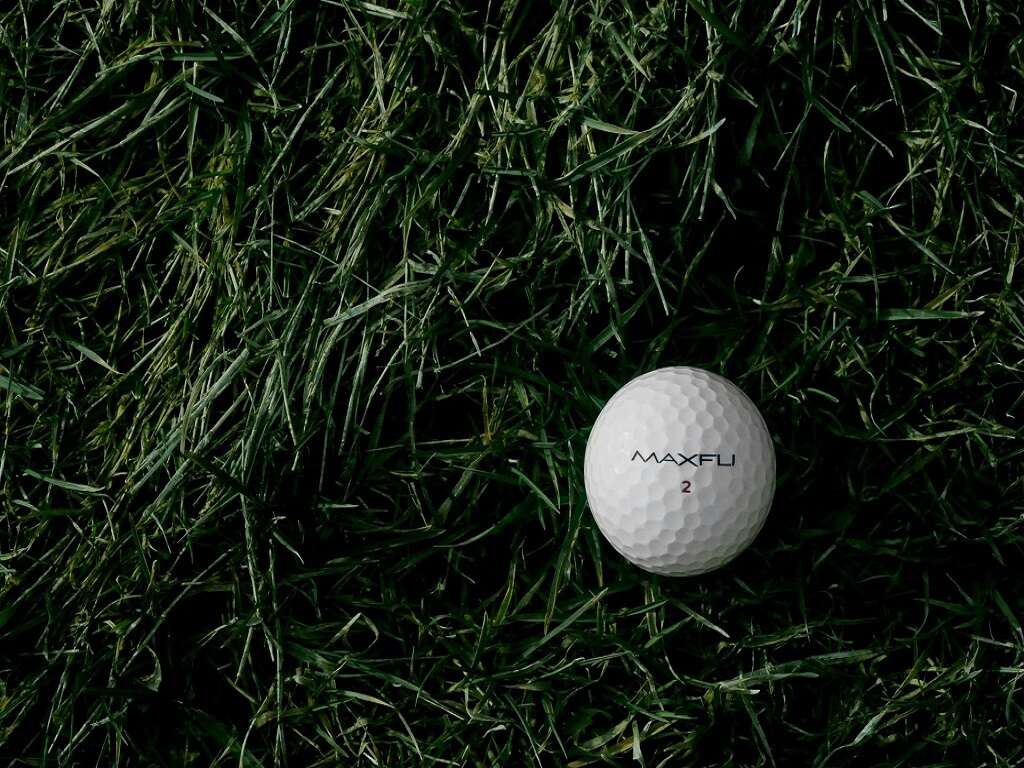What Does the Gallbladder Do?
The gallbladder is a small organ located under the right lobe of the liver. In an average human adult, the gallbladder measures 2.8 to 3.9 inches long, 1.6 inches in diameter, and has a capacity of between 30 and 50 milliliters. The pouch-like organ has an absorbent lining and enlarges to the size of a pear, especially before meals when it is full. After a meal, the gallbladder deflates and flattens, having discharged its contents into the small intestines.
The gallbladder is part of the biliary tract, which is involved in the production, storage, and release of bile. While it is useful, the gallbladder is not an essential organ; hence, its removal from an otherwise healthy individual results in no health or digestion problems. However, this can cause a small risk of fat malabsorption and diarrhea.
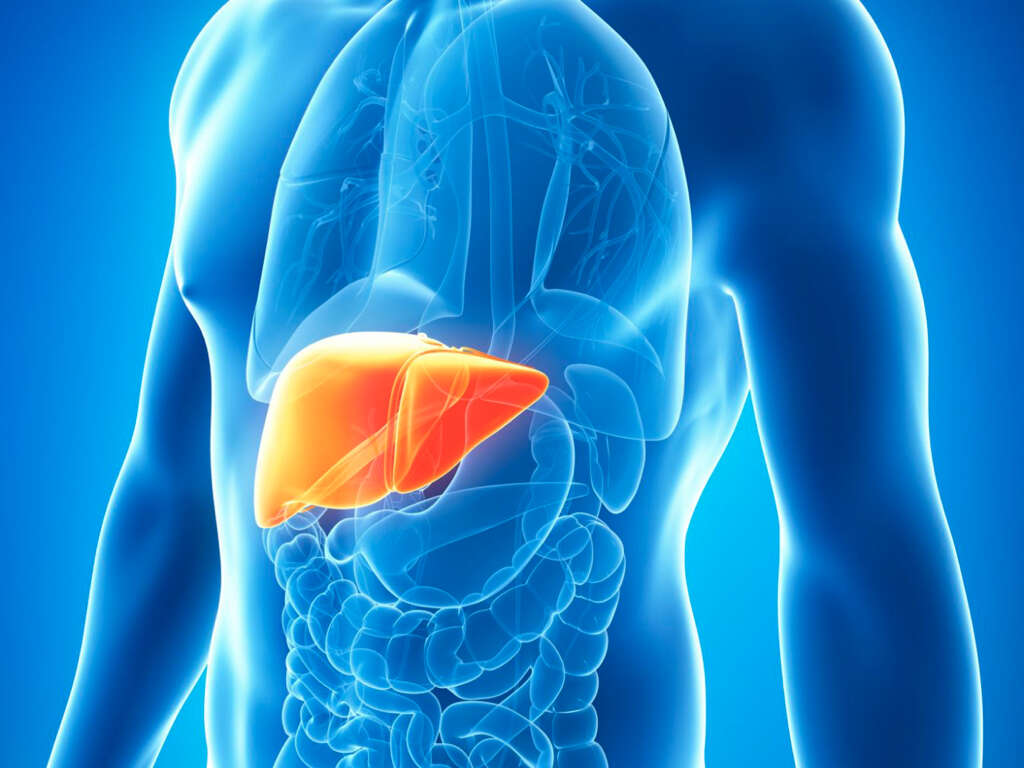
1. Functions of the Gallbladder
As earlier mentioned, the gallbladder is part of the biliary tract system, which is responsible for the production, storage, and delivery of bile into the small intestines where it is used. The biliary system, also called the biliary tree or biliary tract, includes the liver, the gallbladder, the bile ducts, and the way they all work together.
While the gallbladder is synonymous with bile, it does not itself produce bile but receives it from the liver where it is produced. Following are the functions of the gallbladder, and the conditions that may interfere with its working.

2. Stores Bile
The principal function of the gallbladder in the biliary system is to store bile. Bile is a mixture of compounds whose color ranges between yellowish brown and dark green. Its constituents include bile acids and salts, bile pigments, cholesterol, phospholipids, electrolytes, bilirubin, and water.
It is produced in the liver and delivered to the gallbladder through the cystic duct. In the gallbladder, bile is stored until it is required for use in the small intestines. Before a meal, the gallbladder is full of bile, which it empties into the duodenum (via the common bile duct) to aid in digestion.
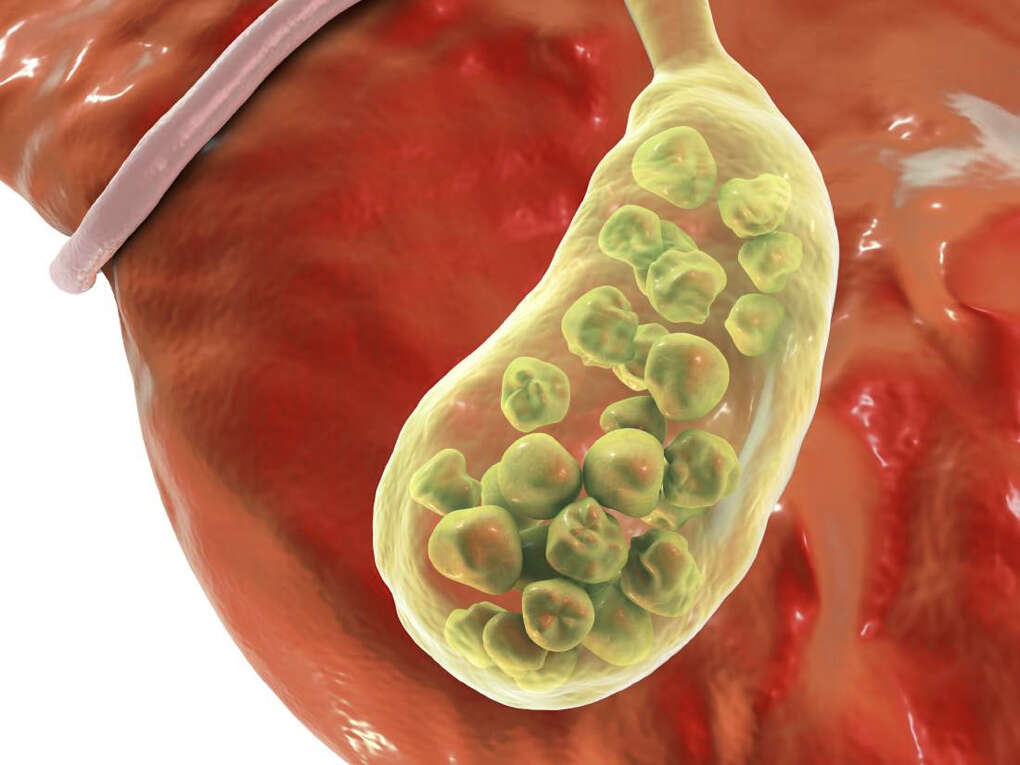
3. Concentrates Bile
In order for the gallbladder to store the large volume of bile that is continually produced in the liver, it concentrates it to reduce its volume. The liver produces between 800 and 1,000 milliliters of bile daily.
When this is delivered to the gallbladder, it is concentrated by between 5 and 18 times in order for it to be stored therein. The amount of bile stored in the gallbladder is controlled by the vagus nerve and some hormones including gastrin, secretin, somatostatin, and cholecystokinin
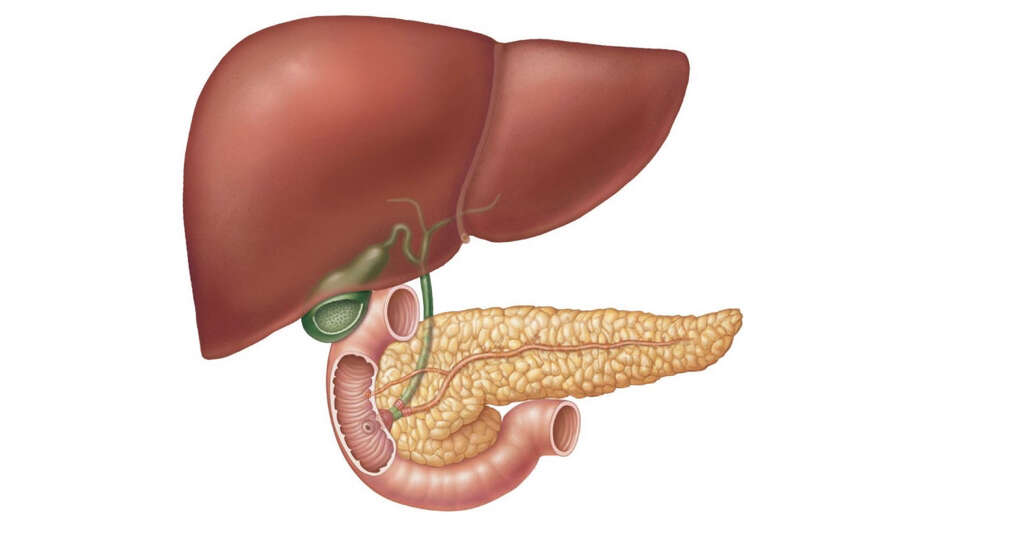
4. Releases Bile into the Duodenum
Before a meal, the gallbladder is full of bile, and its shape is like that of an inflated balloon. Once food gets into the stomach, hormonal and nervous signals trigger the gallbladder to release bile into the duodenum.
Bile trickles through the cystic and common bile ducts into the duodenum. In the duodenum, bile aids in the breakdown of fats ready for further digestion by the lipase enzyme, and absorption through the intestinal walls.

5. Supports Digestion of Fat
Although the gallbladder does not produce bile, by storing and concentrating it, it helps in the digestion of fat. The structure of the biliary system is such that bile produced in the liver is continually flowing through the hepatic duct, cystic duct, and common bile duct.
At this stage, the bile is dilute and not useful in the processing of fat for digestion. However, the bile that collects in the gallbladder is concentrated by 5 or more times. This concentration is required for the emulsification of fat ready for digestion by the lipase enzyme. Without emulsification, lipase cannot digest fat for absorption into the body.
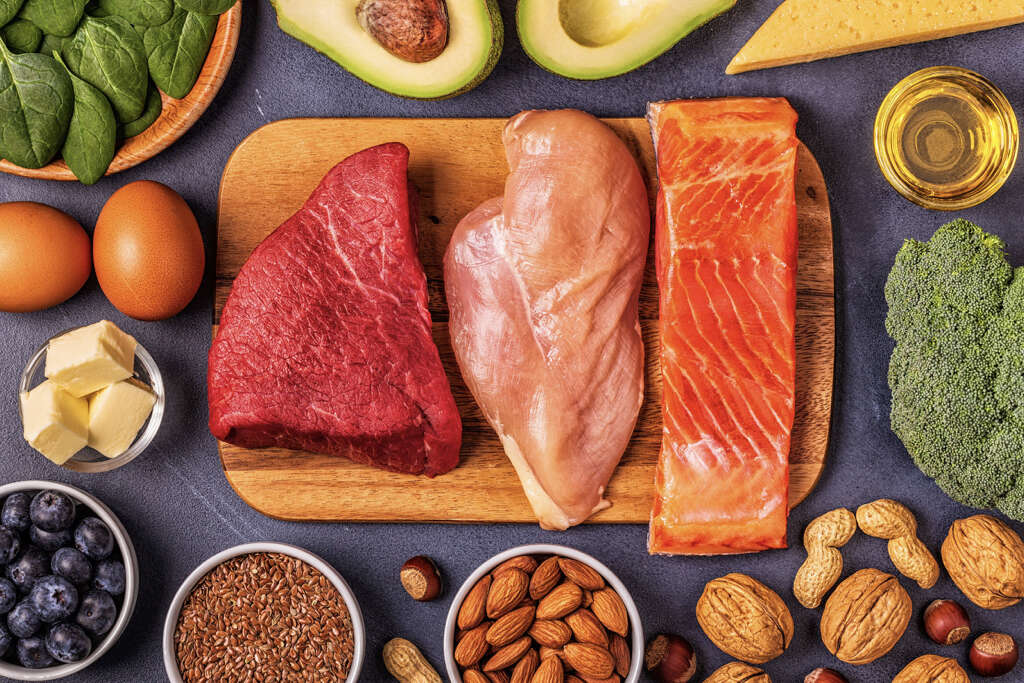
6. Aids in the Absorption of Fat-Soluble Vitamins
In addition to aiding the digestion and absorption of fat, bile that is released into the duodenum from the gallbladder also helps to transport and digest fat-soluble vitamins, which include vitamins A, D, E, and K. Fat-soluble vitamins follow a similar path to that followed by fat.
This means that bile is necessary for the absorption fat-soluble vitamins.
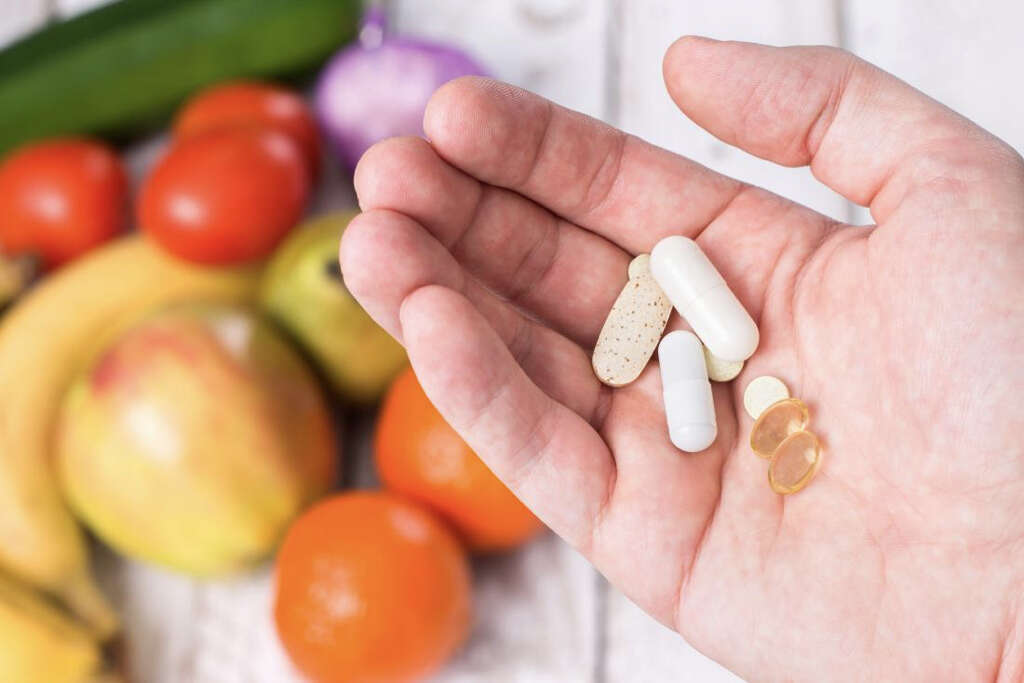
7. Kills Pathogens in the Gut
Some bacteria and other parasites can survive in the acidic environment of the stomach so that they get through into the duodenum. Fortunately, bile is slightly alkaline.
This means that, together with the sodium bicarbonate produced in the pancreas, it neutralizes the acidity from the stomach, thereby destroying the harmful microorganisms such as bacteria and candida yeast within the duodenum. This action protects the gut and the body in general from harmful activity of these pathogens.
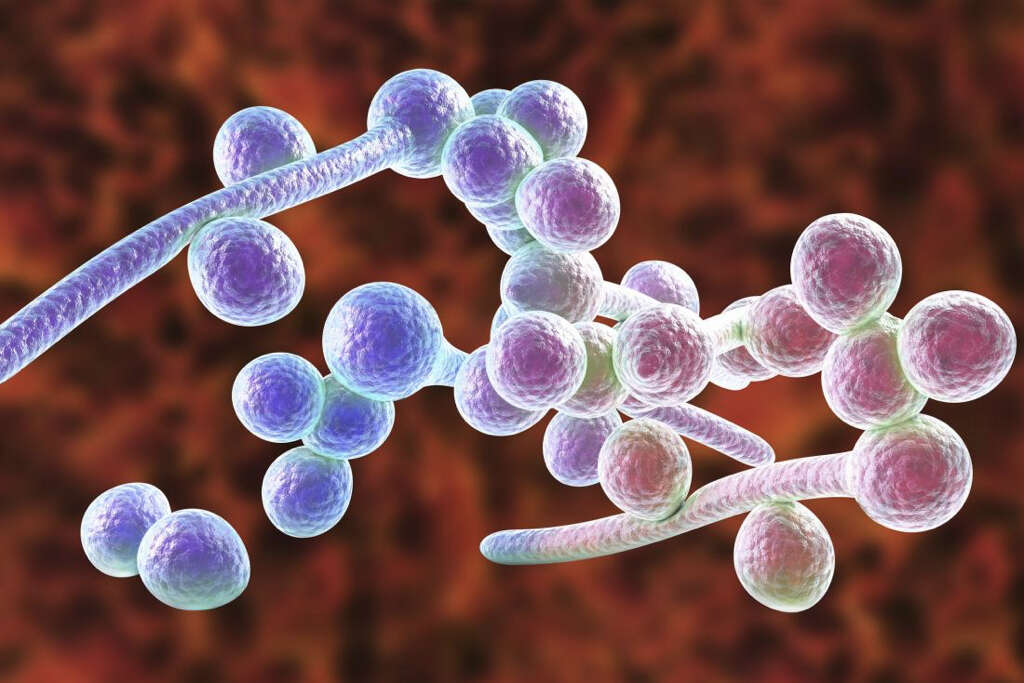
8. Drains Hepatic Waste
Bile contains different types of waste from the liver. These waste compounds include bilirubin, cholesterol, drugs like steroids, serum proteins, mucus, lecithin, urea, and fatty acids.
The waste materials are removed from blood and delivered in bile for onward transmission through the small intestines and the colon for excretion together with feces.
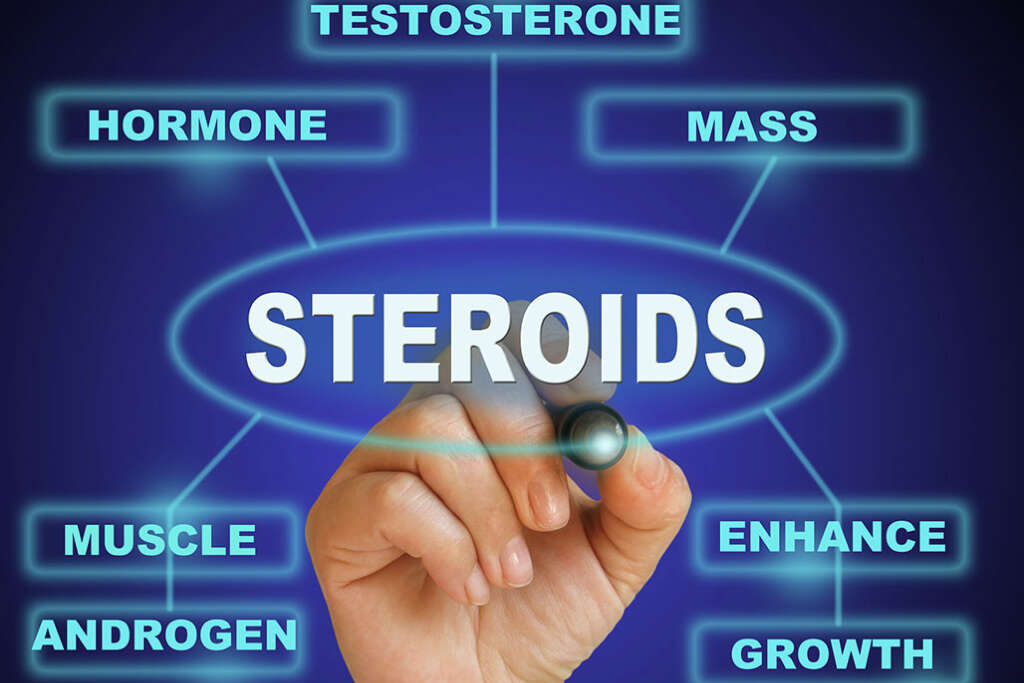
9. How to Optimize Gallbladder Function
While it is sometimes considered a nonessential organ, the gallbladder plays many important roles in the gut and the body in general. To ensure that its functions remain optimum, proper nutrition and lifestyle are necessary.
Some ways to support the health of the gallbladder include maintaining a healthy weight, drinking enough water every day to keep the body and its systems, including the liver and the gallbladder well hydrated, adequate intake of fiber, and regular intake of probiotic foods such as fermented foods like sauerkraut, pickles, and cultured yogurt. Also take food containing choline, which is necessary for the production of bile. Other ways include chewing food slowly and thoroughly before swallowing, and reducing stressful living.
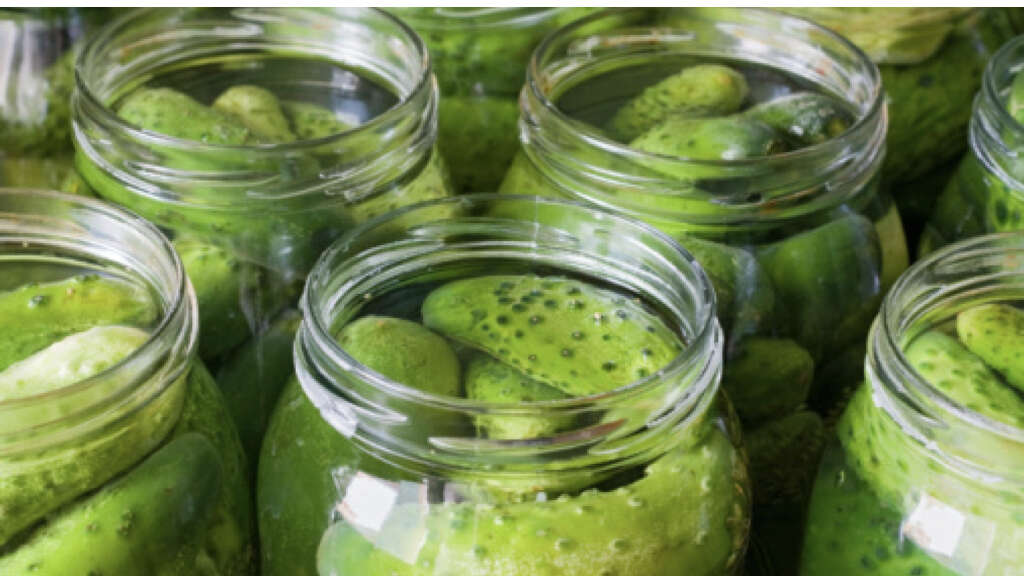
10. Gallbladder Problems
Like other organs and tissues of the body, if a problem arises within or around the gallbladder, its functions may be compromised. This can mean that the gallbladder no longer carries out some, or all of its functions.
Gallbladder problems include gallstones, bile duct infection or blockage, irritation, gallstone pancreatitis, bile duct stones, abscess of the gallbladder, porcelain gallbladder due to calcium deposition, gallbladder polyps, and gallbladder cancer. Symptoms of gallbladder dysfunction include digestion problems like constipation, bloating or gas, nausea or vomiting, unusually colored stools, and jaundice. If you have any of these symptoms, it is recommended that you consult a doctor for diagnosis and treatment.




